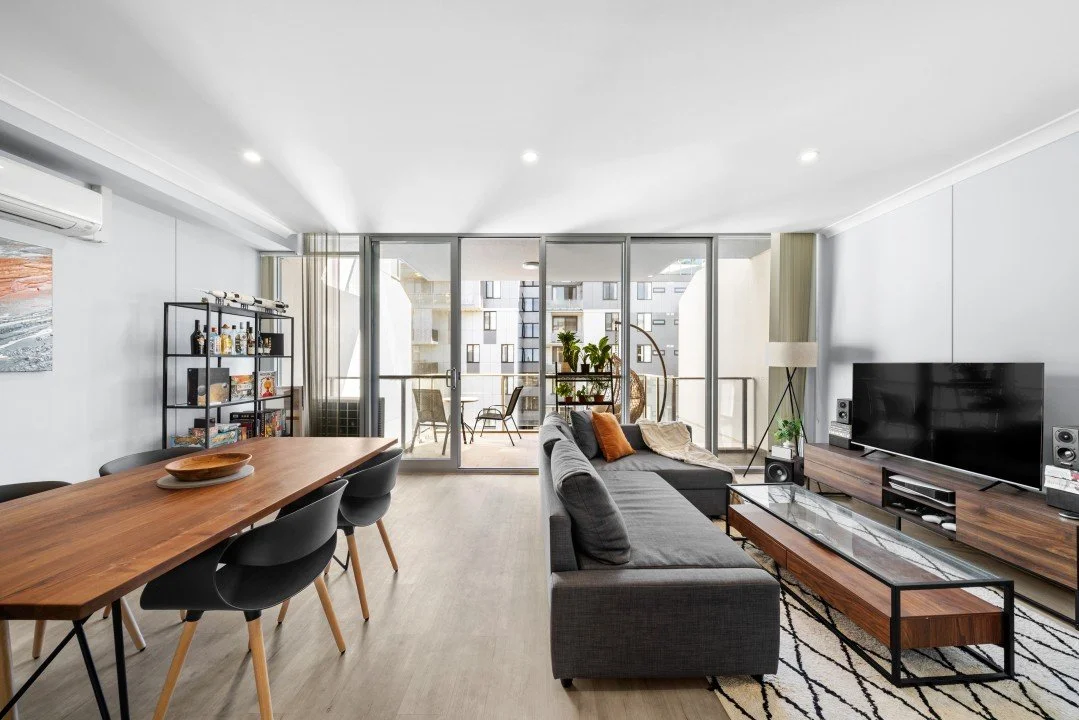Sydney: Feeling the Heat
New NSW premier Gladys Berejiklian has correctly identified housing affordability as one of the most important issues facing the state. And she is so right – just this week Demographia’s 13th Annual International Housing Affordability Survey placed Sydney as the second most unaffordable city in the world.
The system is broken and it needs fixing – FAST. Identifying the problem is relatively easy, obtaining agreement on how to address it more problematic, and coming up with a quick solution that does not burn a generation of prospective home buyers well nigh impossible.
Source: Australian broadcasting Corporation
Consider this: the median dwelling price to income ratio in Sydney is now 9.20. Assuming that 20% of disposable income is available for savings then it would take a person on median income almost 5 years to save a meagre 10% deposit – and that assumes no rise in dwelling prices and does not take into account transaction costs such as stamp duty (4%), loan mortgage insurance (up to 3%) and legal fees.
One of the problems in addressing low housing affordability is that our Federal and State governments are either deliberately, or inadvertently failing to understand the problem. Some measures published about affordability can be quite misleading. As Philip Soos points out “Affordability is often confused with related concepts such as ease of entry, serviceability and valuation”. It is not just about the house price to income ratio.
Low interest rates do not mean proportionally lower loan repayments – loan principal must also be repaid. In Sydney the household debt to servicing ratio has risen to 18% which is a measure of how much debt we are collectively carrying.
How To Solve It
Not so easy. There are 3 primary ways to solve the problem: 1) reduce interest rates – not much rope left there; 2) increase wages – not likely in the post-industrial “competitive labour market” age; and 3) to substantially reduce house prices.
And here lies the nub of the problem. The only thing that can really be done is to dramatically reduce house prices. Not good news for heavily leveraged investors and existing mortgage holders who in many cases could see their house values drop below their borrowings if any measures taken were to be successful.
But solve the problem we must. Apart from the rising social inequity caused by this crisis in affordability it is becoming a serious problem for the economy as a whole. For example, central Sydney’s booming hospitality sector is finding it increasingly difficult to source and retain its relatively low paid workforce. Many of these people can only afford to live in far western Sydney contributing to even greater congestion on our roads and public transport systems.
Some winding back of negative gearing concessions can only be helpful. It will reduce speculation (and hopefully eliminate a lot of bad investment decisions), and can enable funds to be directed more towards the creation of new housing supply.
And our new Premier can also re-commit to the rather modest Social and Affordable Housing Fund which is designed to assist those most in need to access housing where they and the community need it to be: near jobs, transport and their communities.
This issue belongs to and affects us all. If the high cost of borrowing is not affecting you personally then it probably is an issue for your children, your neighbours, your friends or your employees.
Where are our leaders with the compassion, courage and resilience to tackle this issue head on without subservience to vested interests? Our new premier has made a great start by identifying the priority. Now it’s time to do something about it.
Written by Bruce Carr
Sources:
- Domain, Treasurer Scott Morrison has it wrong: The solution to housing affordability isn’t halfway around the world, 23 Jan 2017
- Domain, If you’re serious about affordable Sydney housing, Premier, here’s a must-do list, 25 Jan 2017
- Sydney Morning Herald, Sydney has the second least affordable housing in the world: study, 24 Jan 2017
- Macro Business, Sydney First home buyers facing record deposit gap, 27 Sept 2016
- The Guardian, Housing affordability and the changing debt burden of a typical mortgage, 18 Jan 2017
- Prosper Australia, Housing Affordability









Loanscape has today released its Borrowing Capacity Index for Q4/2024. It confirms the forecast trend that borrowing capacities of Australian individuals and families are recovering from their low levels which coincided with the last of the recent increases to borrowing rates initiated by the Reserve Bank of Australia.